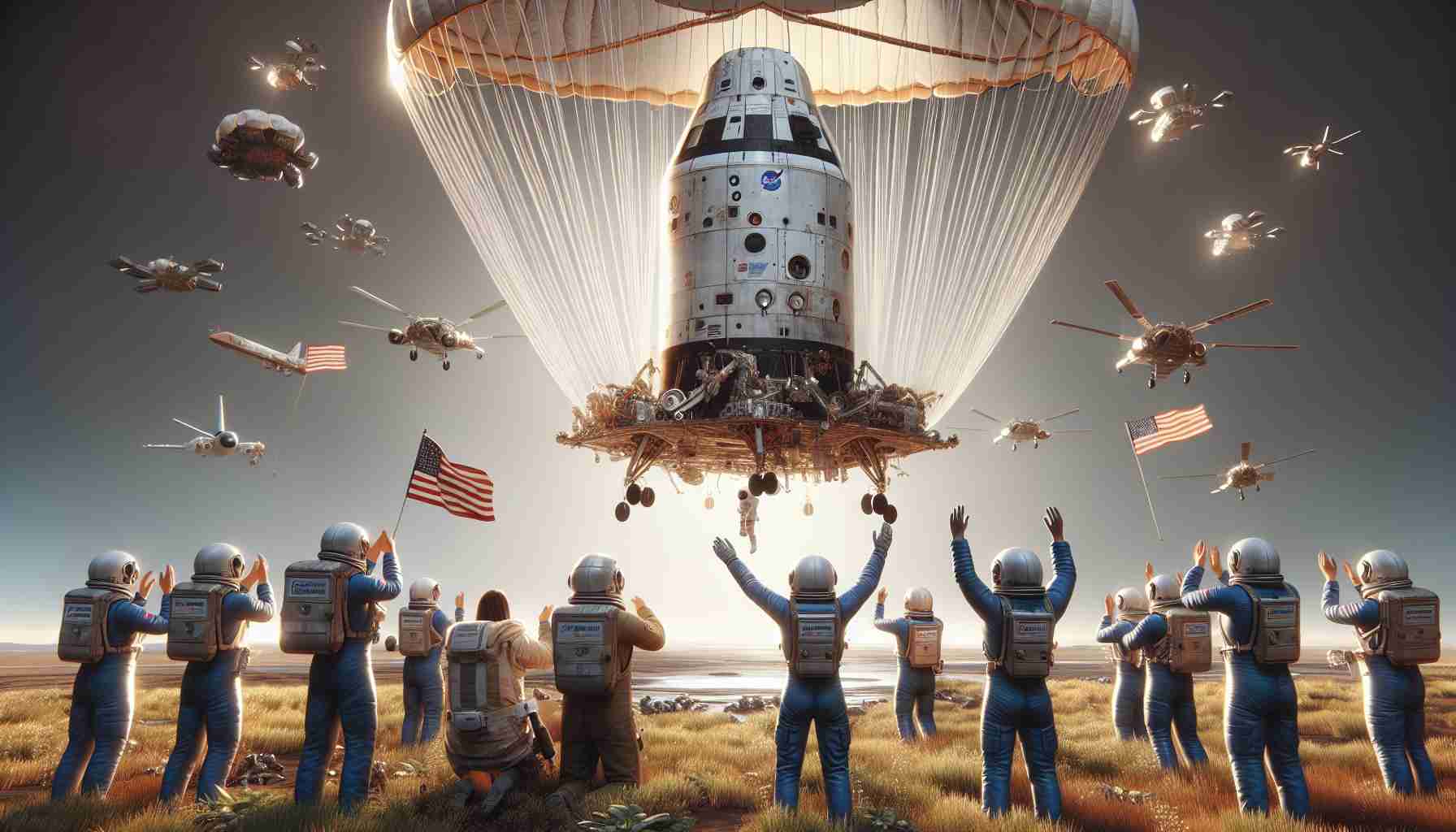Breaking: Crew-8 astronauts from SpaceX Successfully Return to Earth
Following a smooth landing in the Gulf of Mexico, the Crew-8 astronauts have safely returned after a lengthy mission in space. While one astronaut is currently under observation in a Florida hospital, the remaining crew members have been given the green light to head home to Houston.
The astronaut undergoing observation is reported to be in stable condition, with NASA ensuring necessary precautions are taken for their well-being. The identity and specific details of the astronaut have been kept confidential to adhere to medical privacy standards.
Strapped securely inside the Crew Dragon spacecraft, the four-person crew completed their 235-day mission in low-Earth orbit and made a predawn splashdown near Pensacola, Florida. The successful return comes after adjustments to their schedule due to various factors, including unfavorable weather conditions in the recovery zones.
Upon their return, the crew members underwent medical evaluations, with most being cleared promptly. The team, comprising a mix of NASA and Roscosmos astronauts, displayed resilience and professionalism throughout the mission, reflecting the rigorous training they undergo for space travel.
This recent mission showcases the ongoing partnership between NASA and private space companies like SpaceX, marking another milestone in human space exploration. While challenges may arise during reentry, the safe return of Crew-8 highlights the dedication and expertise of individuals involved in space missions.
Key Questions and Answers:
1. What factors led to the adjustments in the Crew-8 mission schedule?
– The adjustments in the mission schedule were primarily due to unfavorable weather conditions in the recovery zones, ensuring the safety of the returning astronauts.
2. What are some key challenges associated with crewed space missions like Crew-8’s return?
– Challenges include potential risks during reentry, medical emergencies, adapting to gravity after prolonged space stays, and ensuring the well-being of the crew post-landing.
3. What advantages does private space collaboration, like NASA’s partnership with SpaceX, bring to crewed missions?
– Private space collaboration can enhance innovation, efficiency, and cost-effectiveness in space exploration endeavors. It also opens up opportunities for commercial space ventures and diverse mission capabilities.
4. What are the disadvantages or controversies linked to private space partnerships in crewed missions?
– Some concerns include the commercialization of space leading to conflicts of interest, questions on regulatory oversight, and potential impacts on international space cooperation and standards.
Related Links:
1. NASA Official Website
2. SpaceX Official Website



